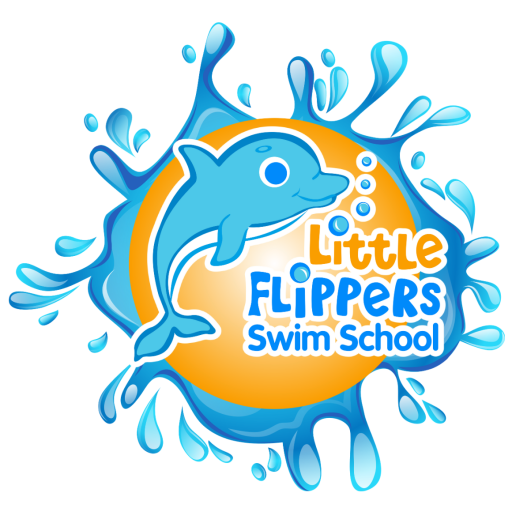Class Management and Safety
Walk students to the appropriate lane, ensuring you can see all students along the way.
Prep station before hand to ensure all nothing interfere’s with your circuit Ex: Monkey walking back to dock/wall/stairs.
Shoulders wet, ears wet, back of head wet, chin wet, whole face wet – condition students who do not have that breath control.
Rank students 1 through 4, always send strongest first.
Positioning (Outside the box, arms length away from non – swimmers)
THE MOST IMPORTANT PART OF YOUR LESSONS!!! You cannot teach an effective, safe lesson without being very aware of your positioning!
Dock Arrangements
There are a variety of different dock arrangements for each individual space in the pool. Each allows for continuous movement.
There is never too small of a space, safety will always come first! Use a very small space if it is early in the session or if classes are unsafe.
Mix in reverse circuits to ensure kids are comfortable swimming to the dock & grabbing, gliding to the stairs & standing and swimming to the wall and grabbing.
Utilize dock-dock once students become more independent – good tool to speed up circuits as well. Also, in the deeper lanes, use 2 docks in either a corner or dock-dock arrangement. (Explain dock-to-dock w/monkey walk)
Dock movement, controlling students, adjusting distance based on class dynamic.
Never be afraid to adjust dock placement based on the progression of your student skills!
Provide opportunities to challenge the stronger swimmers by incorporating less monkey walking and more swimming.
The quicker the class moves, the better the kids will behave! Tire them out for their parents!
Always keep it fun and never miss an opportunity to give praise!
Smiles & High Fives!!!
Continuous Movement
Use different kinds of props in order to keep your lessons organized:
-Props can be used as a target: for example: swim to the blue cone!
-Props can be used to keep things moving: Swim to the blue cone, walk to the frog and then swim back to the dock!
-Props can be used for fun: Swim and find the red ring then put it on the red cone! When you’re done, monkey walk back to the wall!
Every class needs to start within 3 minutes!! Based on your lane location, you may need to end 1 minute early in order to start your next class on time!
Always send strongest students first!
ALWAYS be talking with your students – this will keep both you and your students engaged!!
Student 1: With instructor, Student 2: ready to go, Student 3: walking on Dock, Student 4: monkey walking. Be talking them through these steps!
Building Independence
Noodle/Small barbells – developing Balance/Buoyancy without the teachers assistance – first step to independence.
Can they put their faces in while swimming with the noodles? If not, condition them while they are scooping with the noodles!
Use “draft” move once students can comfortably kick with equipment. Encourage submersion while doing this skill.
Back Floating
Support with Shoulder
Support head only
Use finger/toe on back
Kick w/Equipment on back
Float independently
Developing Breath Control by constantly conditioning when students are on dock.
Pouring water over student heads while they are monkey walking/walking across platform to improve their balance, movement & safety in the water.
Safety Skills
Side jump not catching swimmers (Breath Control, Safety)
Back boost from side position (Safety)
10 toes on the edge (Safety)
Organization of jumps, have 3 students sit and 1 jumping and prep next jumper as first student is climbing out of the pool (Safety)
Jumping over the noodle or noodle fountain and then swimming back under to the wall (Safety)
Elbow, Elbow, Belly, Knee, Knee when climbing out! (Safety)
